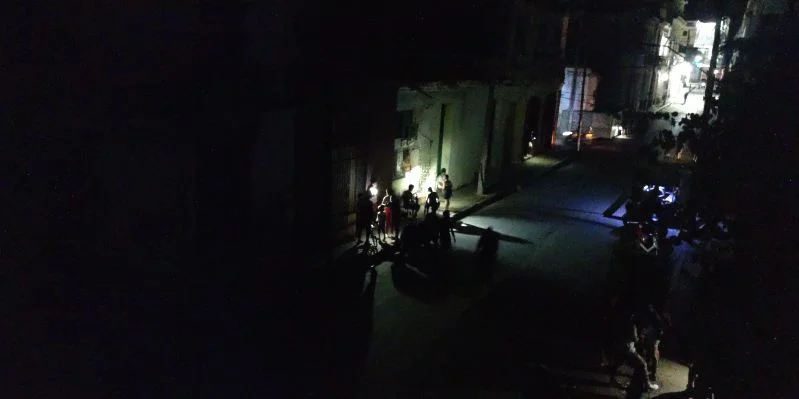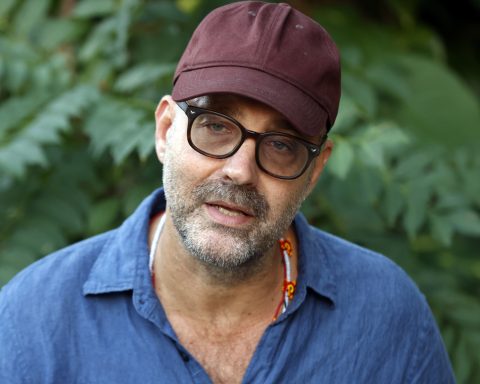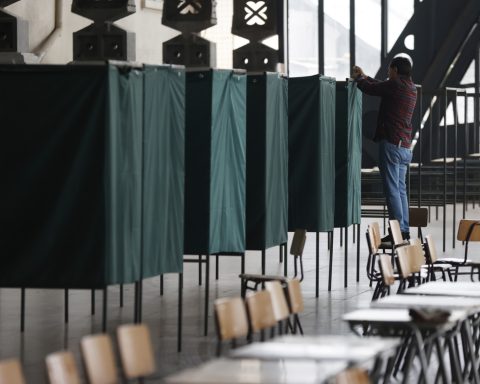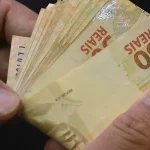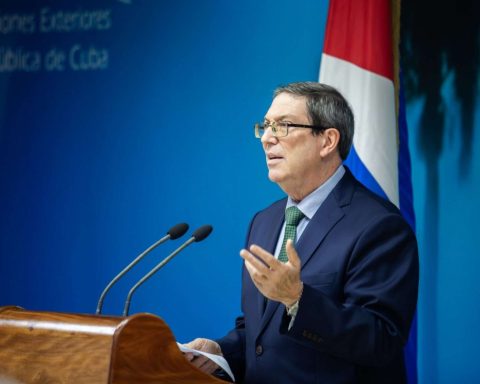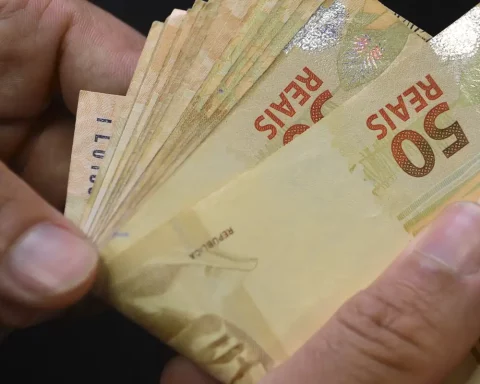MIAMI, United States. – The Electrical Union (UNE) of Cuba advertisement that the blackouts will simultaneously cover 11% of the national territory during peak hours (evening-night) this Tuesday, December 31. This is the minimum impact recorded in recent months, in which the electricity deficit has ranged from 30 to 50%.
In the forum generated by UNE’s Facebook postCuban Internet users reacted with disbelief and sarcasm, especially due to the sudden decrease in maximum demand, which supposedly was reduced by about 500 megawatts (MV) this December 31.
“How did the demand drop from more than 3,000 to only 2,600? How do you achieve that on a holiday where there is a waste of energy?” he wondered the user identified as Alberto Lorenso.
“Ehhh, all the thermoelectric plants were fixed from one day to the next, incredible,” he added with irony Jorge Enrique Pardo. “We were saving a whole year for this day, gentlemen,” opinedalso with sarcasm, the user Ivanbravo Macias.
For its part, the UNE indicated that the interruptions of the electrical service this Tuesday are due to the lack of fuel and breakdowns in the units of the operational terrestrial thermoelectric plants.
The state company specified that unit 2 of the Felton Thermoelectric Power Plant (CTE) and unit 3 of the CTE Renté are out of service due to breakdowns. On the other hand, unit 2 of the CTE Santa Cruz, units 3 and 4 of the CTE Cienfuegos and unit 5 of the CTE Renté are undergoing maintenance.
Likewise, 33 distributed generation plants, six engines in the Central fuel Mariel and five engines in Patana de Regla are not offering service due to a fuel deficit.
Specifically, for this Tuesday the UNE calculates a maximum electricity generation capacity of 2,375 MW and a demand of 2,600 MW, for a deficit of 225 MW.
However, the impact (what will actually be disconnected) will reach 295 MW during peak hours this Tuesday, the UNE specified.
Before the total blackout on October 18, most of the island’s provinces only had three hours of electrical service a day, a situation to which most of the Cuban territories have returned, with the exception of Havana, the provincial capitals and some localities linked to essential services.
In September, the Island recorded one of the highest electricity service impacts in three months (43%), although still below the 45% impact reported in February of this year. In October the situation became even more critical with blackouts that covered half the country and the “total disconnection” of the National Electroenergy System (SEN).
In May of this year, the Cuban ruler, Miguel Diaz-Canelsaid the country would experience “prolonged” power outages until June due to maintenance work on the energy system. This measure, according to authorities, seeks to reduce interruptions during the months of July and August, when consumption is highest.
“We are going to have extended maintenance until the month of June to minimize the annoyance of blackouts in the summer, especially in the months of July and August,” said Díaz-Canel in the sixth episode of his podcast. From the Presidency. The governor made it clear that the total absence of blackouts cannot be guaranteed: “We cannot commit to there being no blackouts. Due to the current conditions of the system, that commitment is not possible now,” he declared.
The blackouts further complicate the country’s already tense energy situation and not only deteriorate the economic performance of Cuba, which has been mired in a serious crisis for years, but have also been the trigger for anti-government protests. The most notable ones occurred on July 11, 2021the largest in decades, and most recently on March 17 in Santiago de Cuba and other locations.
